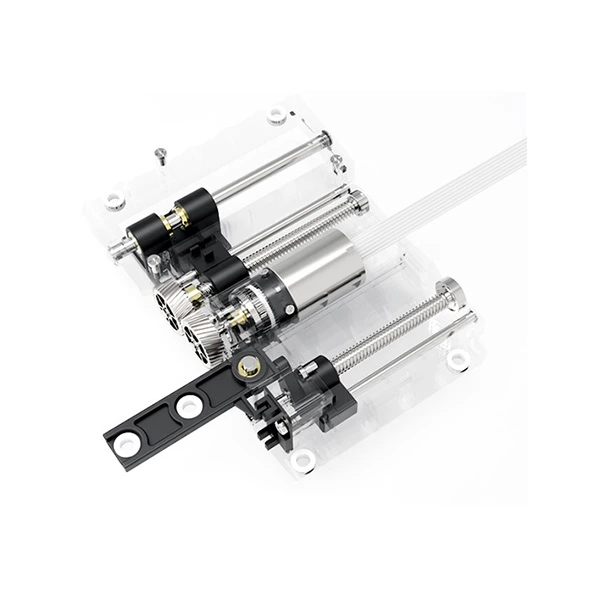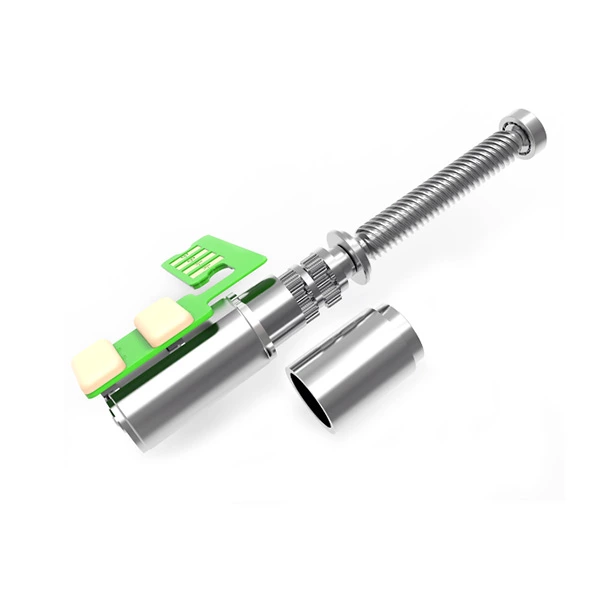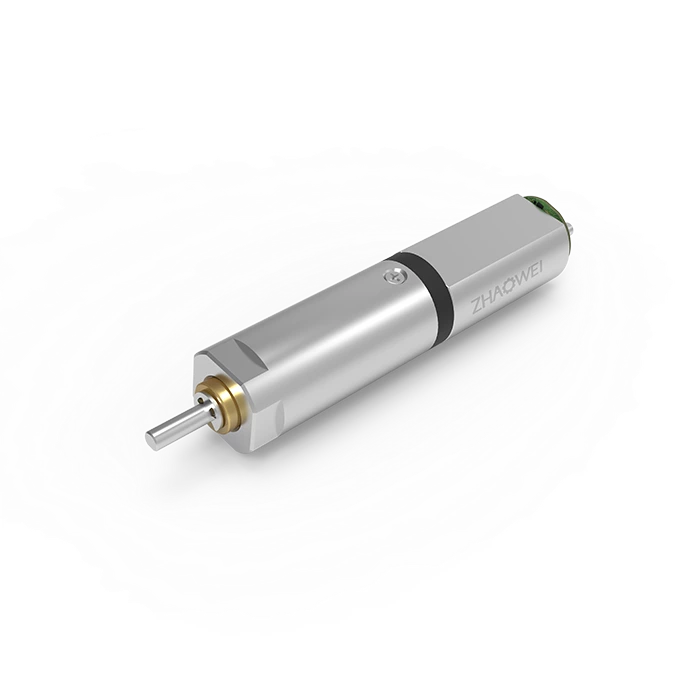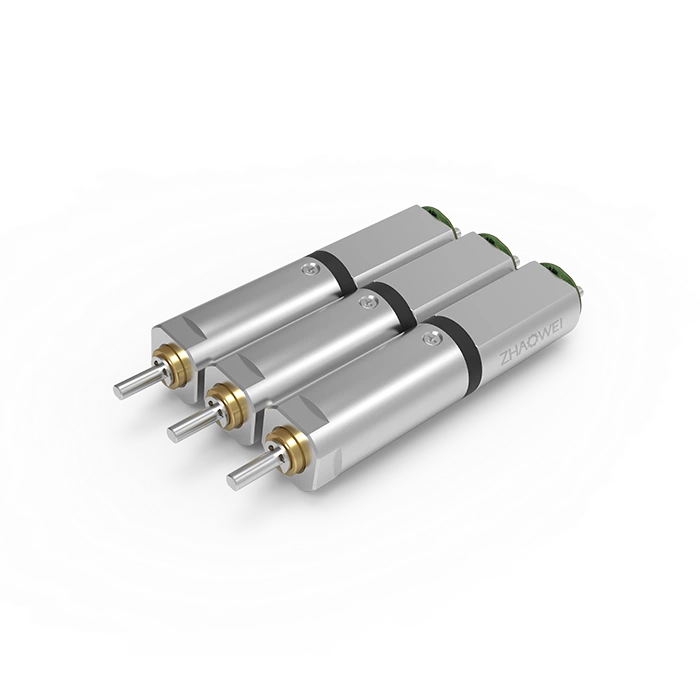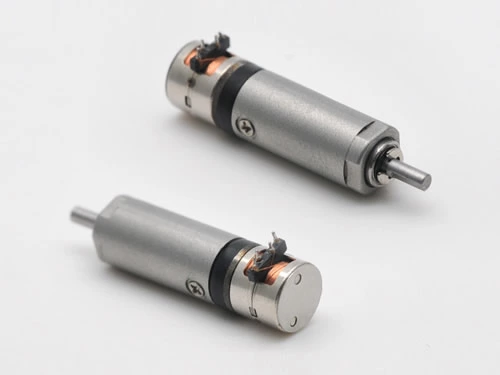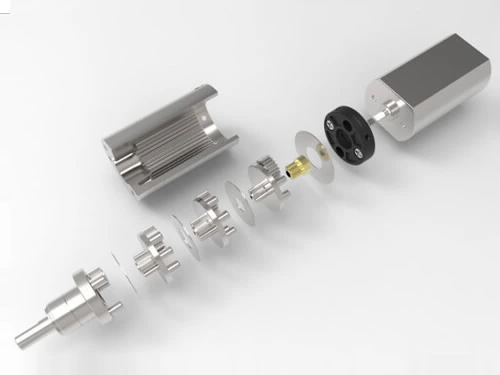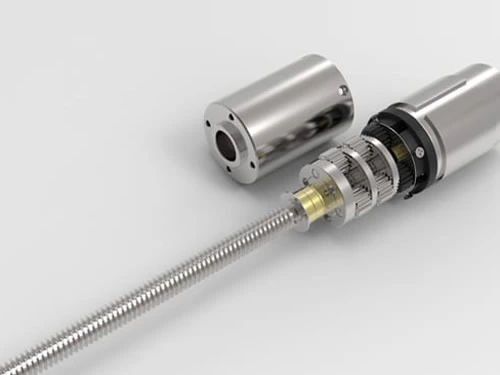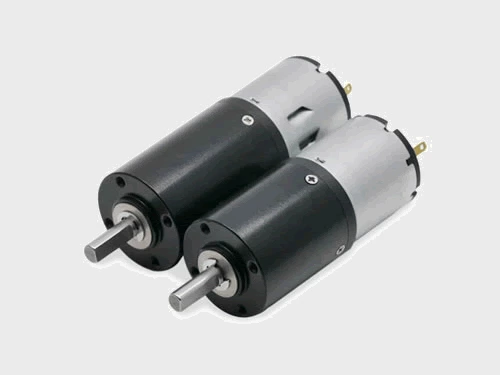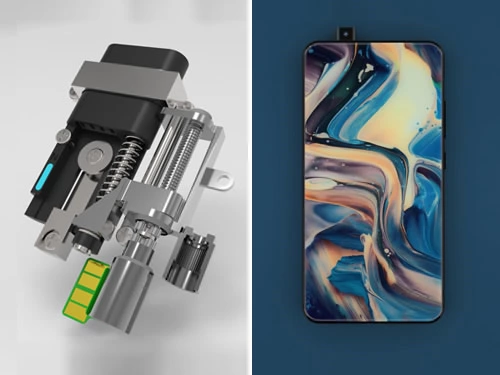What is Drive System of Robot?
The drive system of a robot is a widely used gear drive equipment with compact size, high transmission efficiency, wide speed range, and high precision. The robot planetary gearbox can be integrated with servo motors, stepper motors, or DC motors. Due to structural reasons, the single-stage transmission of planetary gear motor ranges from 2.8 to 12.5. The common gear ratio is 3/4/5/6/8/10. The number of stages of the robot planetary gearboxes generally does not exceed 3 stages, but some customized gearboxes with larger gear ratios have 4-stage transmissions. Compared with other types of gear motors, planetary gear motors have high rigidity, high precision (single-stage: within 1 arc minute), high transmission efficiency (single-stage: 97-98%), high torque/volume ratio, and are maintenance-free.
Robot planetary gearboxes with motors are essential. It differs from those used in conventional automation equipment. In general, robots will perform repetitive actions when they are working, so there are high requirements for positioning and repetitive positioning accuracy. In addition, compared with large automation equipment, robots, especially light-duty robots are more compact and lighter in weight. Therefore, as a component, the planetary gear motor should also be lightweight. At present, the reducers used in robots mainly include planetary gear motors (intelligent robots), harmonic gear motors, and RV gear motors (robot joints). As the name suggests, planets revolve around stars. The planetary gearbox has three planet gears that revolve around the sun gear. The robot planetary gearbox is compact, lightweight, high in loading capacity, long in service life, stable in operation, and low-noise. With the characteristics of power splitting and multi-tooth meshing, it is widely used in the industry.
Small DC gear motors are widely used, and technical parameters can be customized by ZHAOWEI. We develop precision micro gear motors with customized services for specific applications such as education robots, service robots, industrial robots, science project robots, and outdoor robots. The customizable range includes:
Diameter: 3.4mm-38 mm
Voltage: 3V-24V
Noise: ≤45dB
Output power: ﹤50W
Output speed: 5-2000rpm
Gear ratio: 5-1500
Output torque: 1.0gf.cm -50kgf.cm
Transmission precision: within 1-2 arcmin







